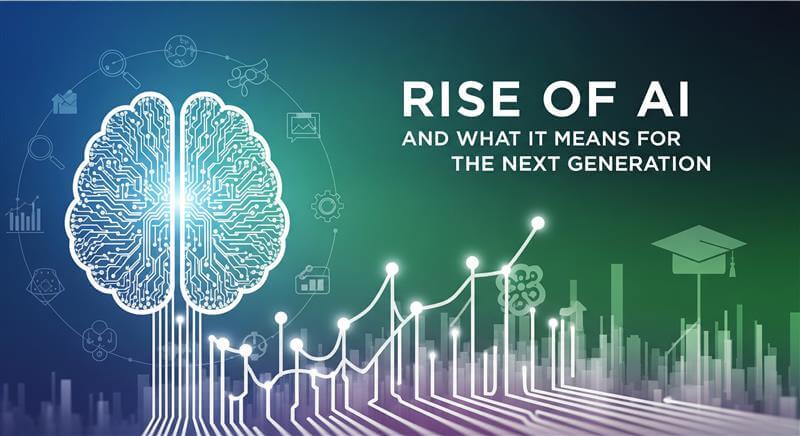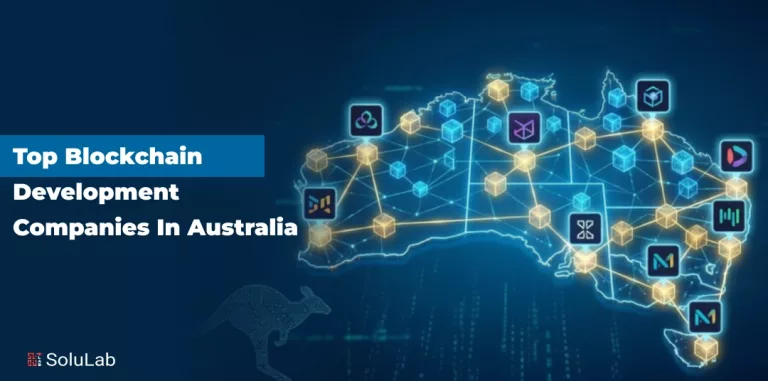
Artificial Intelligence, or AI, is no longer the stuff of science fiction. It’s here, and it’s growing fast—transforming industries, redefining jobs, and yes, even reshaping how students learn. The next generation of students isn’t just being raised alongside smartphones and smart speakers—they’re entering a world where algorithms can teach, tutor, grade, and even think in ways that were unimaginable a decade ago.
But what does this shift mean for young learners today? Will AI become their best teacher—or their biggest crutch? And how can we prepare them for a future where thinking critically might just matter more than knowing all the right answers?
Let’s dive in.
A New Learning Landscape
Imagine being a student today. You’re surrounded by tools that older generations could only dream of: intelligent tutoring systems, learning platforms that adjust based on your strengths and weaknesses, and even AI-powered assistants that can write summaries or solve math problems instantly.
Sounds amazing, right? In many ways, it is. AI is making education more accessible and personalized. Students who once struggled to keep up in large classrooms can now receive tailored support through adaptive learning programs. Platforms like Khan Academy and Duolingo already use AI to help students progress at their own pace.
Still, this convenience comes with a few caveats. For instance, with so many automated tools available, there’s growing concern about over-reliance. Why put in the effort to solve a tough problem when you can ask ChatGPT or another AI to do it for you?
And that brings us to an important point—while AI can help with learning, it can also tempt students to take shortcuts. Academic integrity is becoming more difficult to monitor, which is why students are increasingly looking for trusted options to buy research papers with no plagiarism from reputable source. When used ethically, such services can support learning rather than undermine it.
Critical Thinking: The New Superpower
Here’s the truth: AI can analyze data, process information faster than any human, and even generate content—but it still lacks one crucial thing. Wisdom.
That’s where students come in.
In an age where AI tools can produce instant answers, the ability to question those answers is what really counts. Critical thinking, creativity, emotional intelligence—these are the skills that will set the next generation apart.
Think of AI as a calculator. It’s powerful, efficient, and helpful—but you still need to understand the math behind it. The same goes for AI in education. Students must learn how to use AI, not depend on it blindly.
In other words, being tech-savvy is no longer enough. The students who will thrive are those who can ask the right questions, understand the biases behind algorithms, and combine digital tools with human insight.
Teachers and AI: Friends or Foes?
So, where do teachers fit in all this?
Some worry that AI might replace educators entirely. After all, if a chatbot can explain a complex topic in seconds, do we still need human teachers?
The short answer is: absolutely.
AI may be brilliant at repetition and pattern recognition, but it can’t offer the empathy, mentorship, or real-life perspective that a teacher brings to the classroom. A good teacher doesn’t just teach—they inspire. They adapt their lessons to their students’ moods, interests, and even the day’s events. No algorithm can replicate that human touch.
In fact, when used right, AI can empower teachers. By automating tedious tasks like grading or data analysis, AI frees up educators to focus on what really matters: engaging with students, fostering discussion, and guiding young minds.
It’s not a question of AI versus teachers—it’s AI and teachers, working side by side.
The Mental Health Equation
Let’s be honest—today’s students are under a lot of pressure. With constant access to information, social media comparisons, and now the added complexity of AI in the mix, mental health challenges are on the rise.
Ironically, AI might be part of the solution.
Some schools are using AI-powered chatbots to offer mental health support. These bots can check in with students, provide coping strategies, or even alert counselors if they detect signs of distress. While they’re not a replacement for human care, they can be a helpful first step—especially for students who are hesitant to speak up.
But there’s a flip side. With AI tools always at their fingertips, students may feel pressured to perform at unrealistic levels. If a machine can generate perfect essays or solve problems in seconds, how can a human compete?
That’s why educators and parents must emphasize process over perfection. Students need to understand that it’s okay to struggle, to question, to fail. That’s how real learning happens.
Preparing for an AI-Driven Future
Looking ahead, one thing is clear: AI isn’t going anywhere. In fact, by the time today’s students enter the workforce, AI will be even more advanced—and even more deeply embedded in everyday life.
So, how do we prepare them?
We start by teaching not just what to learn, but how to learn. Lifelong learning, adaptability, and a curious mindset will be more valuable than memorizing facts. Schools should incorporate digital literacy, ethics in technology, and even basic AI concepts into their curricula.
Students should be encouraged to experiment with AI tools, understand how they work, and explore their limitations. After all, you can’t master a tool unless you understand it.
And most importantly, we must remind students of their own value. AI might be smart, but it doesn’t dream. It doesn’t care. It doesn’t innovate for the sake of a better world.
That’s a job only humans can do.
Final Thoughts
The rise of AI is one of the most exciting—and challenging—developments in modern education. It holds incredible potential to transform how we learn, teach, and think. But with great power comes great responsibility.
For the next generation of students, success won’t come from knowing all the answers. It’ll come from asking better questions, thinking critically, and using AI as a partner rather than a replacement.
So let’s teach them not just how to use AI—but how to rise with it.




